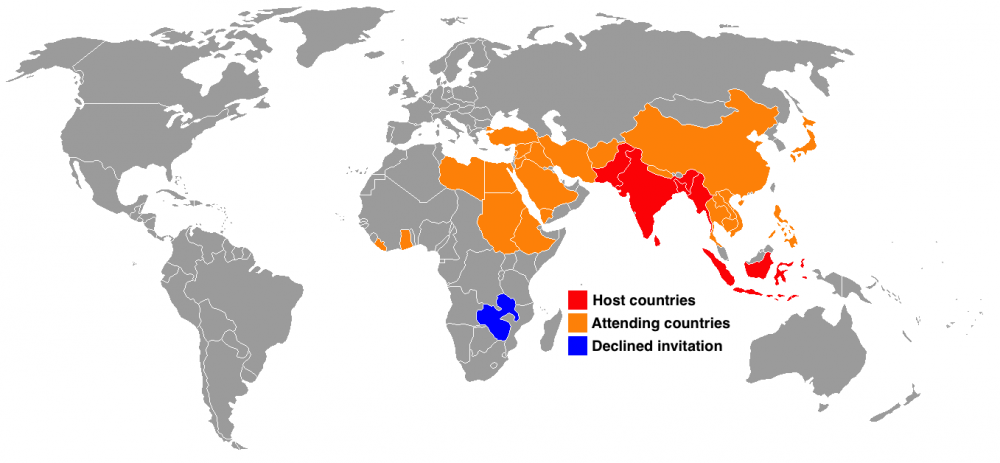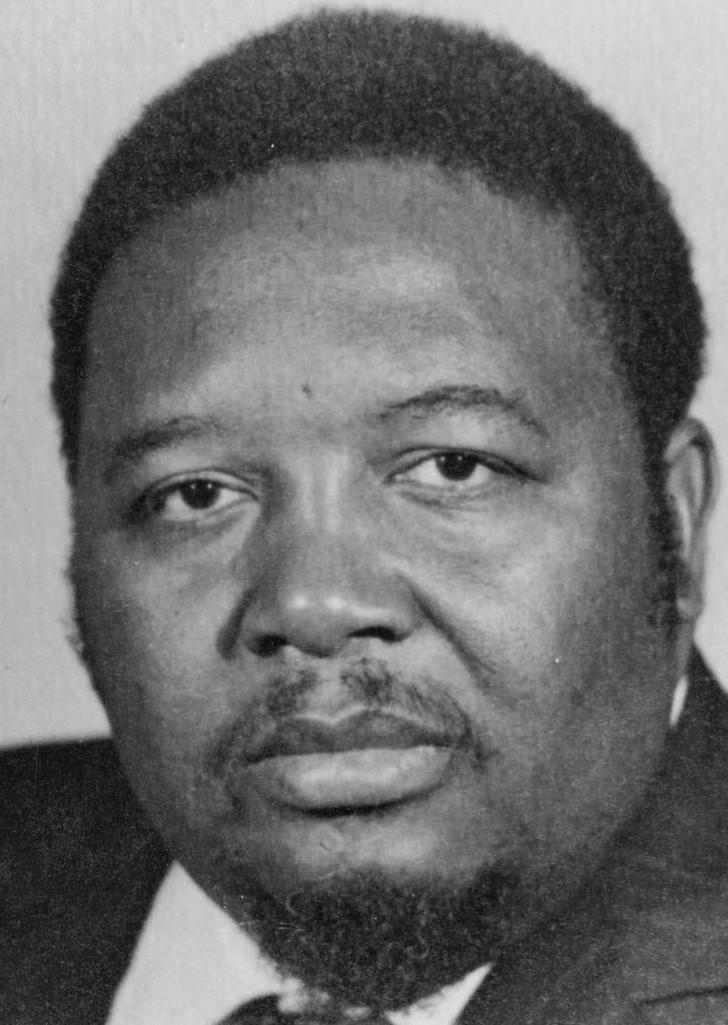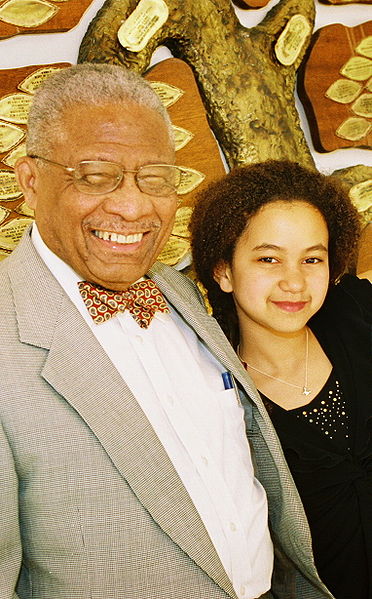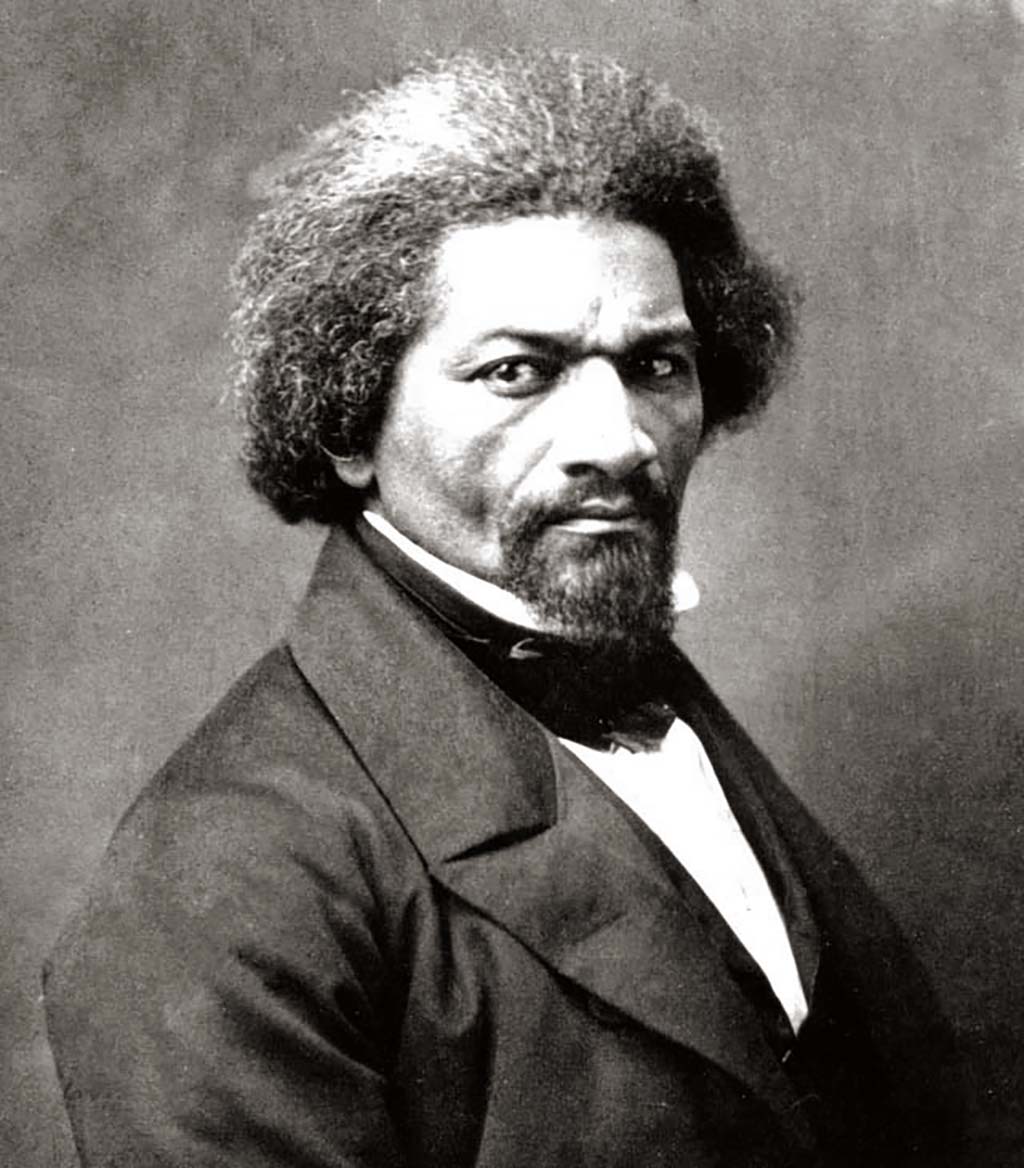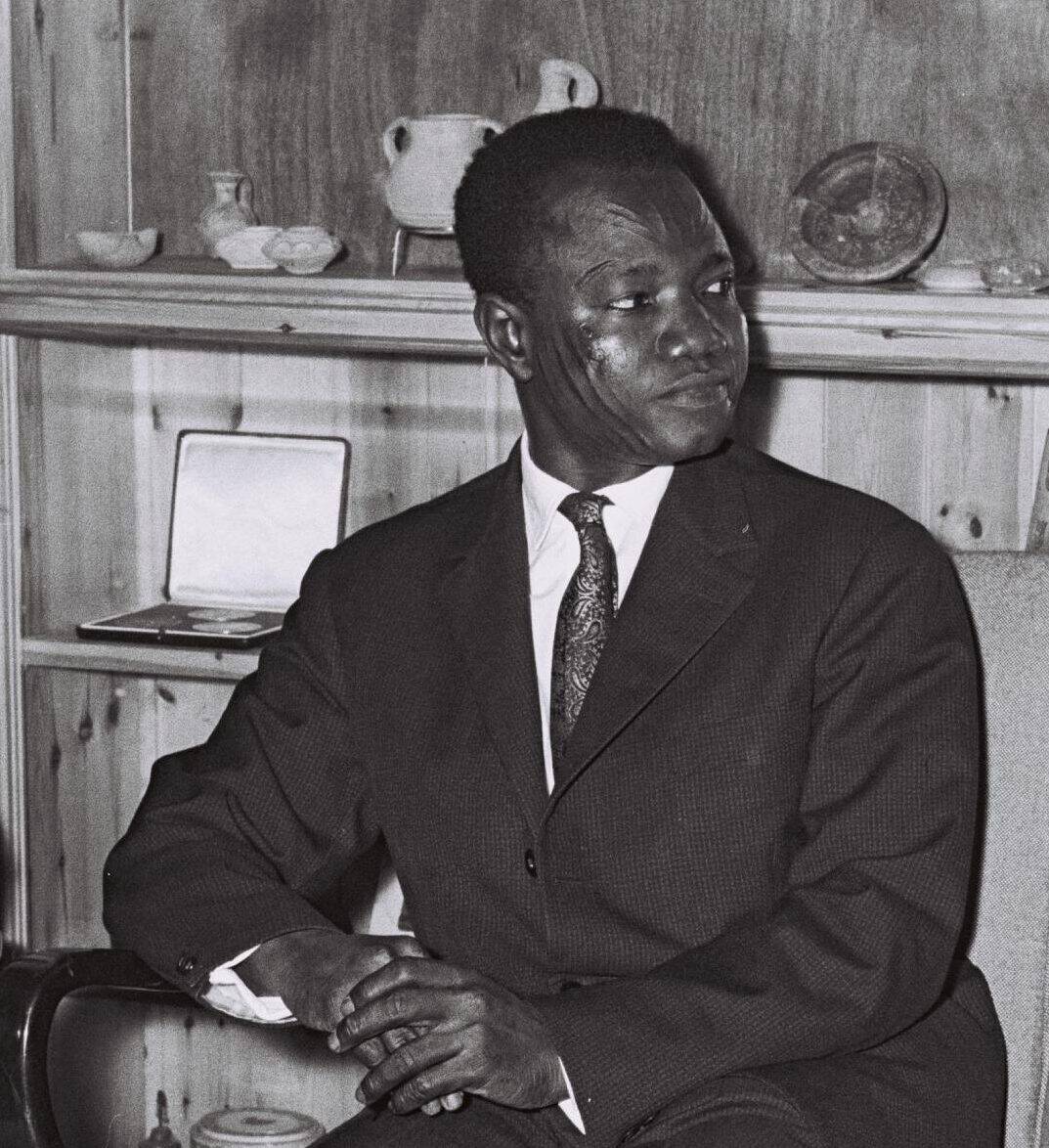In the article below independent historian Kyle Haddad-Fonda describes the Asian-African Conference popularly known as the Bandung Conference which was the first significant gathering of independent and soon-to-be independent nations in Asia and Africa.
From April 18 to April 24, 1955, delegates from twenty-nine countries in Asia and Africa convened in Bandung, Indonesia, to discuss the common challenges their nations faced in navigating a postcolonial world. The Asian–African Conference, popularly known as the Bandung Conference, was a sensation around the world. Never before had leaders from so many non-Western countries gathered together to make common cause. But the Conference’s iconic status, coupled with a growing global sense of nostalgia for the supposedly optimistic days of the 1950s, means that many legends that have subsequently sprung up about the event are simply not true. Seldom has historical memory distorted and misrepresented any single event in quite so many different ways. Accordingly, it is valuable to include an extended discussion of the facts surrounding the Bandung Conference: how it was organized, who participated, what was said, and—perhaps most important—what was not said.
The Asian–African Conference was the brainchild of Indonesian Prime Minister Ali Sastroamidjojo, who planned the proceedings in collaboration with the prime ministers of Burma, Ceylon, India, and Pakistan. These five men met in Bogor, Indonesia, in December 1954 to draft the Conference’s agenda and to issue invitations.
After considerable debate, the five hosts agreed to send invitations to twenty-five countries. From the continent of Africa, they invited four of the five independent countries of the day: Egypt, Ethiopia, Liberia, and Libya. They declined to invite the fifth, South Africa, whose policy of apartheid was criticized in the Conference’s final communiqué. In addition to the four independent African countries, the conveners extended invitations to the Gold Coast (modern-day Ghana), Sudan (then under joint British–Egyptian control), and the Central African Federation (modern-day Malawi, Zambia, and Zimbabwe). The Central African Federation was the only invited country that did not agree to send a representative to Bandung.
Delegations from twenty-nine countries convened in Bandung on April 18, 1955, a date that Indonesian President Sukarno celebrated in his welcoming address as the anniversary of the beginning of the American Revolution. Sukarno praised the American War of Independence as “the first successful anti-colonial war in history” and quoted from Henry Wadsworth Longfellow’s “The Midnight Ride of Paul Revere.”
Among the most prominent world leaders who attended the Conference were Indian Prime Minister Jawaharlal Nehru, Burmese Prime Minister U Nu, Egyptian President Gamal Abdel Nasser, and Chinese Premier and Foreign Minister Zhou Enlai. Most other countries sent high-ranking representatives, but not their heads of government. Nasser and Zhou attracted particular attention as newcomers to the international scene. The Bandung Conference was only Nasser’s second foreign trip since leading the 1952 Free Officers’ Revolution: his previous trip was a pilgrimage to Mecca in Saudi Arabia. For most of the delegates in attendance, the Bandung Conference was also the first time they had engaged with any representative of Communist China. Nehru, his daughter Indira Gandhi, U Nu, Nasser, and Zhou spent a considerable amount of social time with one another at the Conference.
In addition to the participating delegations, a variety of individuals from around the world came to observe the Conference in an unofficial capacity. These observers included two notable African Americans. One was the author Richard Wright, whose book The Color Curtain described his experiences in Bandung. Wright felt a connection between his identity as an African American and the identities of the non-Western leaders gathered in Bandung, whom he described as “the despised, the insulted, the hurt, the dispossessed—in short, the underdogs of the human race.” The other important African American to attend the Conference was Adam Clayton Powell, a Democratic congressman from New York whose district included Harlem. Powell was the only member of the American government to attend the Conference, which he did despite the objections of American Secretary of State John Foster Dulles.
Dulles opposed the convening of the Asian–African Conference on the grounds that it would offer a forum for Communist countries to criticize the West. He also worried that attendees at the Conference would condemn American- and British-led military alliances such as SEATO and CENTO. The British and French governments were especially concerned about the effect the Conference would have on their own colonies in Africa. The British government actively discouraged the Gold Coast and the Central African Federation from sending representatives to the Conference. The French ambassador in Washington asked Dulles to use his influence to convince the governments of Liberia and Ethiopia to decline their invitations as well, but Dulles refused to do so. Instead, he asserted that it would be best if pro-Western countries sent “the ablest possible representation” in order to articulate the anti-Communist position. Dulles specifically singled out Lebanon’s delegate, the Harvard-educated Charles Malik, as the kind of participant he hoped would attend the Conference.
The Asian–African Conference is often misrepresented as the beginning of the “Non-Aligned Movement” of countries that sought to take a neutral position in the Cold War. While a few Conference attendees, led by Nehru, had begun by 1955 to advance a “neutralist” ideology, the reality was that the majority of countries in attendance in Bandung were explicitly aligned with the United States. During the Conference’s plenary session, representatives of Iran, Iraq, the Philippines, Turkey, Cambodia, and Thailand all criticized the Soviet Union, with some delegates asserting that Soviet ambitions in Eastern Europe were tantamount to colonialism. This discussion forced Zhou Enlai to speak in defense of the Communist bloc. Since the organizers of the Conference prioritized consensus, they produced a final communiqué that said nothing about the ongoing Cold War.
Because the final communiqué had to be palatable to the governments of twenty-nine countries, it was for the most part a fairly general document. It committed the signatories to cooperate to promote economic development in the region, including by exchanging technical assistance, but it specifically allowed them to continue accepting aid from governments outside the region, by which it meant the United States and the Soviet Union. It condemned “colonialism in all its manifestations” as “an evil which should speedily be brought to an end,” but it called explicitly for the independence of only three colonies: Algeria, Morocco, and Tunisia. The communiqué also condemned racial discrimination and singled out South Africa as a country in which racism needed to be “eradicated.” Finally, the communiqué asserted that the countries of Asia and Africa could promote world peace and called for “universal disarmament.”
While the Asian–African Conference did not itself signal the beginning of the Non-Aligned Movement, it did provide a setting in which several relationships that later helped launch that movement could be formed. In particular, Nehru and Nasser met for the first time in New Delhi en route to the Conference. When the Non-Aligned Movement was established in 1961 at the Belgrade Conference in Yugoslavia, Nehru and Nasser—along with several non-Asian, non-African leaders such as Josip Broz Tito—were among its most vocal proponents.
The delegates at the Asian–African Conference did not establish any kind of permanent organization directly as a result of the Conference, but it did mark the beginning of a period of intense interest in promoting cooperation among Asian and African countries. In December 1957, another conference in Cairo founded the Asian–African People’s Solidarity Organization, which, unlike the Asian–African Conference, included the participation of the Soviet Union. The first president of an independent Algeria, Ahmed Ben Bella, planned to host a second Asian–African Conference in Algiers in 1965, but those plans were scuttled in part because of the coup that overthrew Ben Bella in June of that year and in part because of Chinese opposition to allowing the Soviet Union to attend.
Today, the Asian–African Conference is often mythologized, especially by the current governments of participating countries, as an example of a spirit of cooperation among Third World countries that has since been lost. This impulse toward nostalgia often leads to the spread of incorrect information about the Conference. American scholar Robert Vitalis has catalogued erroneous reports, sometimes from official government publications, about the attendance in Bandung of various anticolonial leaders who were not in fact there, including Tito, Kwame Nkrumah, Fidel Castro, and Jomo Kenyatta.
Despite this confusion, the Asian–African Conference must be recognized as an event that encouraged many leaders of developing countries to articulate a vision of global anti-imperialist cooperation beyond their own borders. The Conference was also a trigger for some governments, including those of China, Egypt, and Ghana, to begin to seek both domestic and international legitimacy by portraying themselves as exemplars of a commitment to Third World solidarity.

